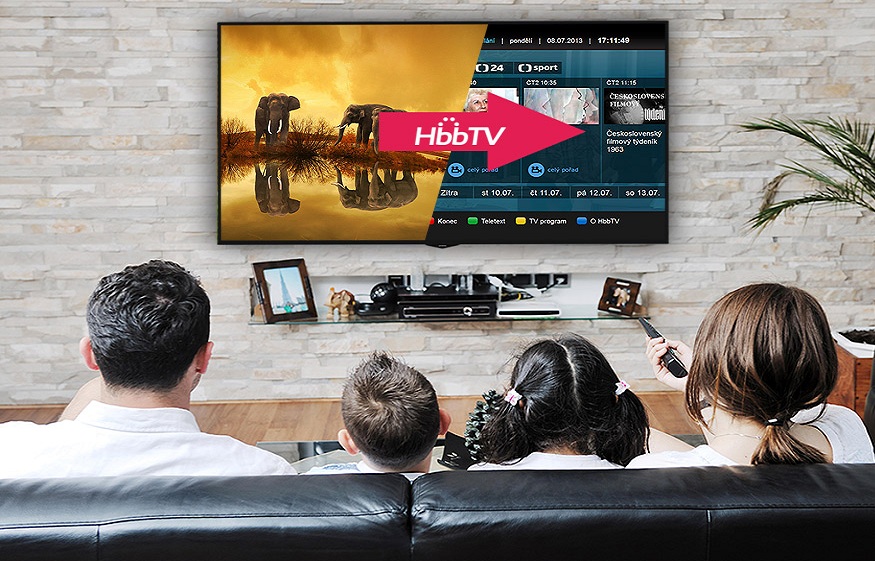
In today’s fast-paced world, purchasing a television on EMI (Equated Monthly Instalment) has become increasingly common. With evolving technology and ever-expanding options in the electronics market, choosing the right financing option can make all the difference when buying your next TV.
In India, the two most popular options are No-Cost EMI and Standard EMI. Understanding both options can empower you to make a well-informed decision that suits your financial landscape. This article dives into the intricacies of these choices and guides you on the path to selecting the right EMI for your needs.
Understanding EMI and Its Types
EMI, or Equated Monthly Instalment, is a method of paying for a purchase over a period, breaking down the total amount into manageable monthly payments. Instead of paying the entire cost upfront, you spread the expenditure across a set term.
No-Cost EMI
No-Cost EMI is a financing option where you pay only the actual price of the product, distributed into equal monthly payments, without any additional interest. It sounds like a fantastic deal, doesn’t it? However, like anything that sounds too good to be true, there may be hidden aspects to consider.
Mechanism Behind No-Cost EMI:
- Discount Adjustments: The interest is often adjusted through discounts. The TV’s price might be marked up initially to accommodate these offers.
- Processing Fee: Some retailers may include a processing fee, slightly inflating the cost.
Standard EMI
In contrast, easy EMI includes an interest rate. The cost of the TV is combined with the bank’s interest rate, creating a total that is divided into monthly instalments.
To make an informed choice between these two, it’s crucial to compare factors such as total cost, financial flexibility, and impact on your long-term budget.
Key Considerations When Choosing Between No-Cost EMI and Standard EMI
1. Total Cost
Evaluate the Overall Price:
When considering a TV on EMI, calculate the total amount you’ll end up paying over the term. While No-Cost EMI might seem appealing due to its interest-free allure, sometimes hidden fees or adjusted retail prices can narrow the gap between it and the Standard EMI.
- Example: Suppose a TV’s retail price is ₹50,000. With Standard EMI, you might pay an interest rate that increases the total to ₹55,000 over the period. However, the No-Cost EMI might include adjustments that keep the end price close to ₹50,000, yet not as obviously.
2. Financial Flexibility
Assessing Your Cash Flow:
Understanding your monthly financial condition is essential. Are you seeking a lighter impact on your current budget, or can you afford a slightly higher monthly expenditure for long-term savings?
- No-Cost EMI is suitable if you’re seeking a straightforward monthly budget without additional interest.
- Standard EMI may be the better choice if you’re comfortable paying interest for potentially longer terms.
3. Tenure Options
Duration of Payment Plans:
The length of the repayment plan can vary significantly between No-Cost EMI and Standard EMI. Evaluate your ability to commit to a longer or shorter tenure.
- No-Cost EMI options may have limited tenure choices, often up to six months or a year.
- Standard EMI offers more flexibility with varied durations. Longer terms can ease your monthly payments, but at the total cost’s expense.
4. Impact on Credit Score
Consider Long-Term Financial Health:
Both EMI options can impact your credit score. Consistent payments on a well-managed EMI plan can enhance your credit score, whereas missed payments can have adverse effects.
- Opt for the EMI that you are confident about managing over time, ensuring timely payments to maintain or improve your credit score.
5. Hidden Charges and Fine Print
Reading Between the Lines:
Examine the agreement thoroughly for any hidden costs. While No-Cost EMI gets rid of obvious interest rates, there could be hidden processing fees, making the total payment unexpectedly higher.
- Key Tip: Always read the agreement and consult customer support if there’s any doubt.
A Comparative Analysis
To provide a clear picture, let’s use an analogy. Imagine choosing between two buffet options at a restaurant. The No-Cost EMI is akin to a fixed-price buffet, where everything appears included. However, you might notice certain ‘premium’ items have à la carte pricing. On the other hand, Standard EMI is like a traditional buffet where you pay an entrance fee but are free to savour everything without additional costs.
Making the Choice
Taking into account the factors discussed:
- Select No-Cost EMI if: You want a simple payment structure, with the assurance of no interest, and you’re comfortable with possibly hidden fees or retail price adjustments.
- Opt for Standard EMI if: You prefer transparent pricing, comfortable interest rates over set terms, and the flexibility of choosing longer tenures tailored to your situation.
Conclusion: Weighing Your Options
Purchasing a TV on EMI is a convenient option that caters to different financial needs. Whether it’s the allure of No-Cost EMI or the straightforward approach of Standard EMI, both have merits and demerits to consider.
Ensuring you are aware of total costs, tenure options, credit impacts, and hidden charges can help you navigate the EMI landscape effectively. After all, the right choice not only aligns with your financial capacity but enhances your viewing experience, bringing your living room to life with your next exciting TV purchase.
In the end, your understanding and personal financial goals should guide you towards the right decision, turning the purchase of a new TV into a stress-free and enjoyable experience. After all, it’s not just about buying a TV; it’s about ensuring the choice complements your lifestyle.






